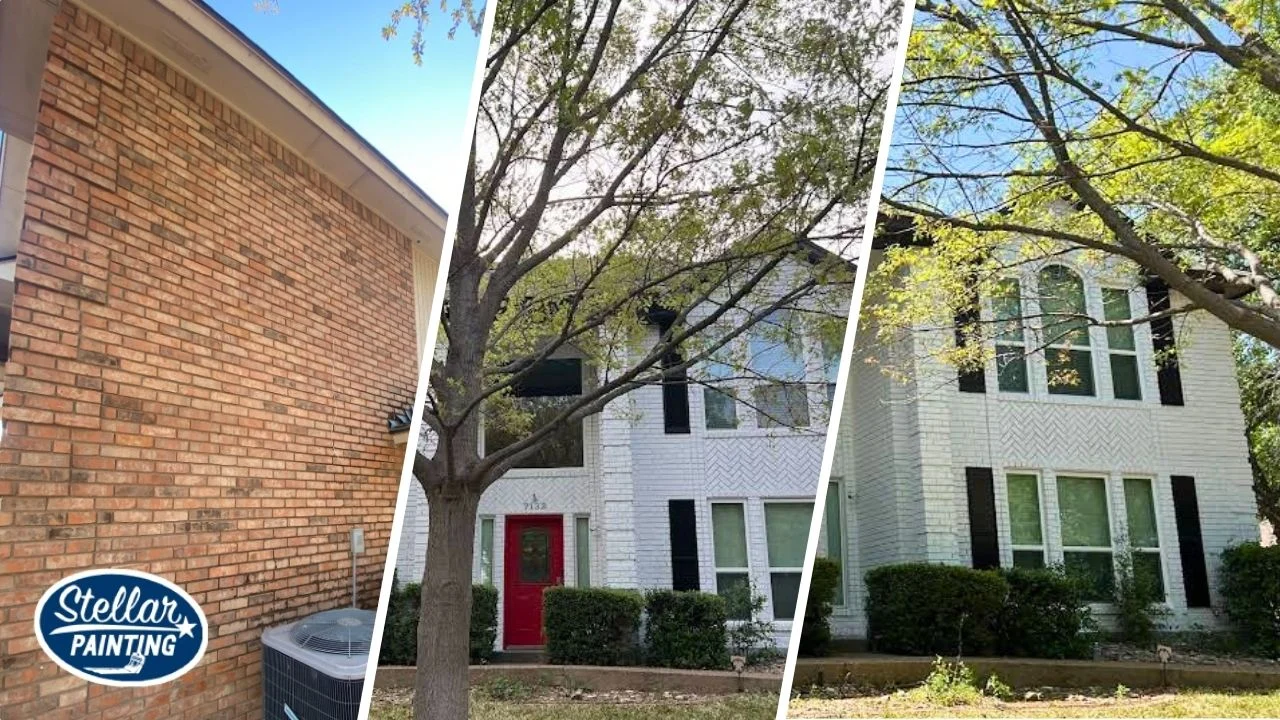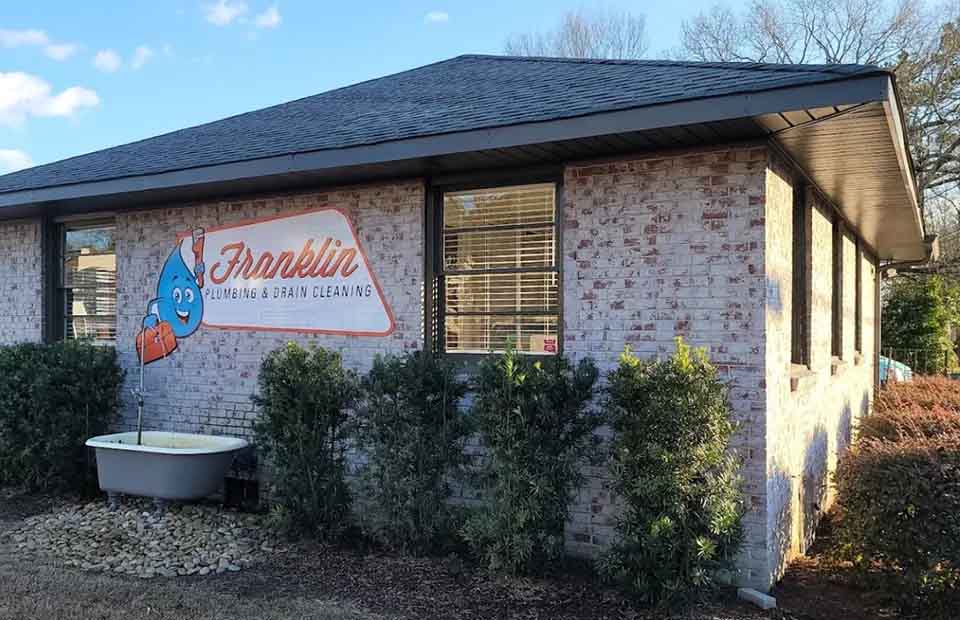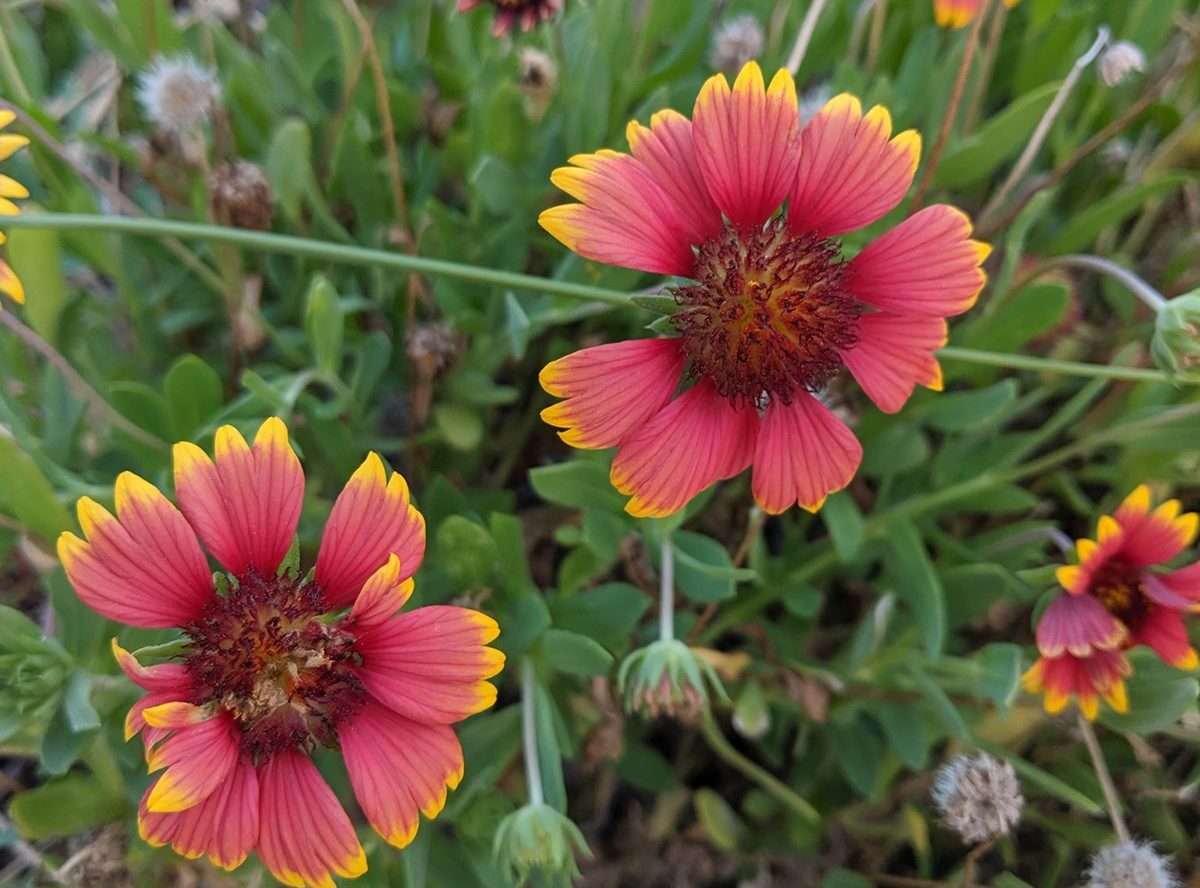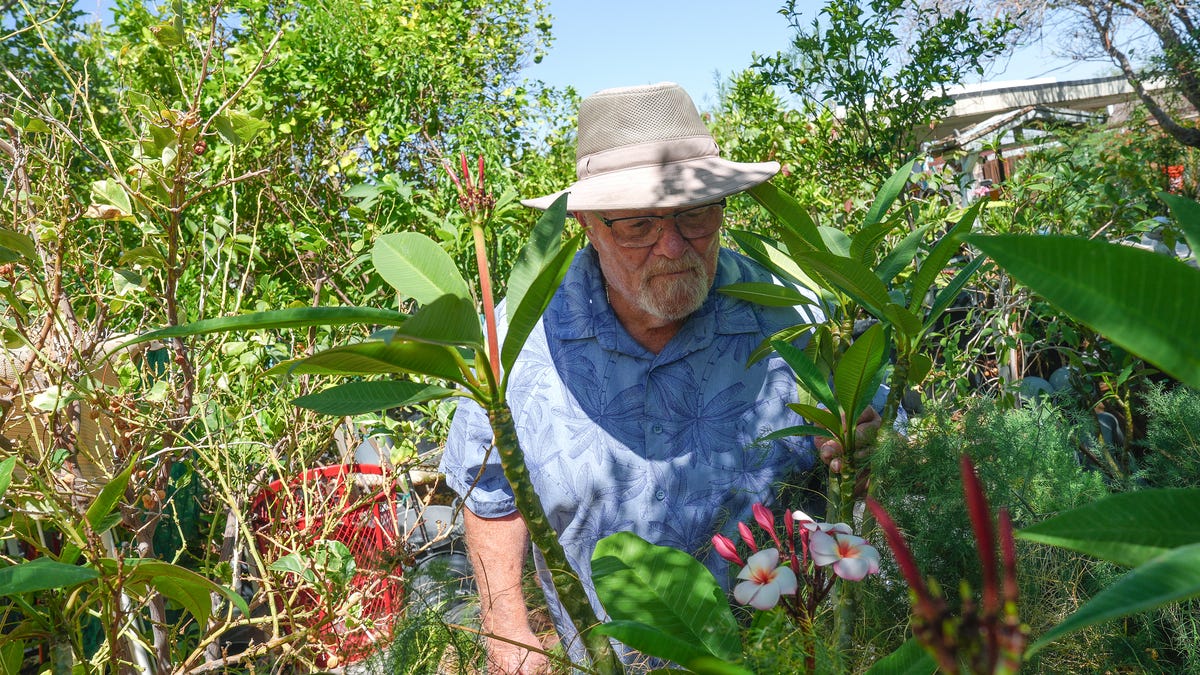Daffodils are my favorite spring flower. Their bright colors pop in the landscape and are readily visible from a distance. The trickiest part of growing daffodils in South Carolina is choosing cultivars that will survive summer heat and moisture and return every spring.
As I mentioned in my previous column on experimental gardening, I love to try new plants, including new daffodils. Instead of randomly picking cultivars, I looked at which cultivars currently planted in my yard were hardy and then purchased other cultivars in the same daffodil divisions. I planted a few new cultivars of divisions 2, 6, 7 and 8 between 2016 and 2021. The data from this ongoing daffodil selection experiment are given below.
Division 2 (Large-cupped)
Division 2 includes the typical large-flowered daffodils with long, prominent cups. Although some sources say large-flowered daffodils don’t persist in the Southeast, three of the four cultivars I’ve grown (75 percent of them) are doing well.
- Ice Follies: White petals with a ruffled yellow cup that fades to ivory white; early. Hardy, persists at least 15 years.
- St. Keverne: Solid yellow flowers. Partially hardy, about half of the bulbs planted in 2016 bloomed in 2021.

Ceylon is a reliable large-flowered daffodil with a unique red-orange rim around the trumpet. Anthony Keinath/Provided
- Ceylon: Yellow petals with a yellow cup rimmed in red-orange. Hardy, all bulbs planted in 2017 still flowering, although some have only one flower stalk instead of two.
- Bella Vista: White petals with a ruffled yellow-orange cup. Planted in 2019m but only two of 10 bulbs flowered in 2021. Not recommended.

Division 6 (Cyclamineus)
Although both cultivars planted from Division 6 were miniatures, there are plenty of other cultivars that are normal height. Rating: 50 percent, with one of the two cultivars recommended.

Tete-a-Tete is a miniature daffodil excellent for naturalizing. Anthony Keinath/Provided
- Tete-a-tete: Solid yellow flowers on miniature plants about 12 inches tall. Very hardy, at least 15 years. In my experience, this is the best daffodil for naturalizing, a gardening technique used for creating a large swath of daffodils that multiply without any care.
- Jetfire: Yellow petals with an orange cup on miniature plants about 12 inches tall. Not recommended, only bloomed one to two years after planting.
Division 7 (Jonquilla)
Division 7 daffodils are reported to be tolerant of warm, humid growing conditions. Three cultivars planted in fall 2020 bloomed each spring since. It will take a couple more years to decide if any of them are hardy for the long-term, but the current rating is 100 percent.

Golden Echo has pure white petals around a long bright yellow trumpet. Anthony Keinath/Provided
- Golden Echo: White petals with a yellow cup, blooms late.
- Kedron: Pale yellow petals with an orange cup, and Sweetness, solid yellow flowers — both mid-spring. About a third of the stalks have two flowers.

Division 8 (Tazetta)
Three of five cultivars are blooming well, but two are not, which is a rating of 60 percent. Some stalks have two or more flowers.
- Geranium: White petals with a short orange cup. Some people, like my grandmother and I, call daffodils with this flower type a narcissus. Blooms late, heat tolerant. Very hardy, persists at least 18 years.

Cragford is a reliable early-flowering narcissus. Anthony Keinath/Provided
- Cragford: White petals and a short orange cup. The flowers are smaller and bloom earlier than those of geranium. Planted in 2018 and bloomed every year since.
- Falconette: Another narcissus-type but with pale yellow petals and an orange cup. Planted 2018, bloomed every year since.
- Odoratus: White petals and a short yellow cup. Of 10 bulbs planted in fall 2018, only one bloomed in 2021. Not recommended.
- Minnow: A miniature daffodil with small flowers, white petals and golden yellow cups. Planted in two spots in 2009, it rarely bloomed. Not recommended.
My original hypothesis was that divisions can be used to predict bulb success. Of the four divisions sampled, Division 7 performed the best in my yard, based on my observations during three springs after planting. Division 7 cultivars are derived from Narcissus jonquilla, a species native to southwestern Spain. This species reportedly tolerates heat and humidity. Some cultivars in divisions 2 and 8 may also perform well.
For the best selection, daffodils can be ordered online now. Reputable sellers will ship them close to the recommended planting date for the buyer’s region. Daffodils should be planted between Nov. 1 in the Upstate to as late as Dec. 15 in the Lowcountry.
A bulb planter is not necessary to plant daffodils, as a trowel works fine. Bulbs of normal-sized cultivars should be planted about four inches deep in heavy soil, an inch deeper in light soil. Miniature cultivars should be planted three inches deep. To keep track of bulb placement, mark the covered holes with short sticks or plastic golf tees.
Anthony Keinath is professor of plant pathology at the Clemson Coastal Research & Education Center in Charleston. His expertise is in diseases of vegetables. He is also an avid gardener. Contact him at [email protected].










